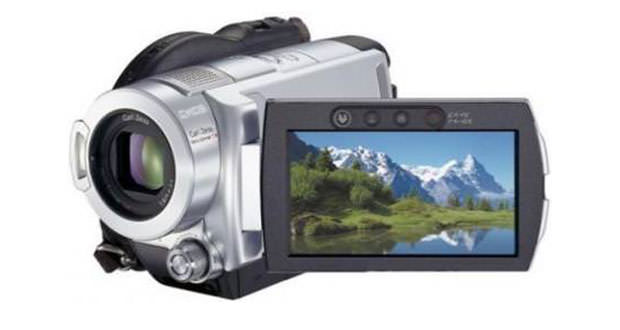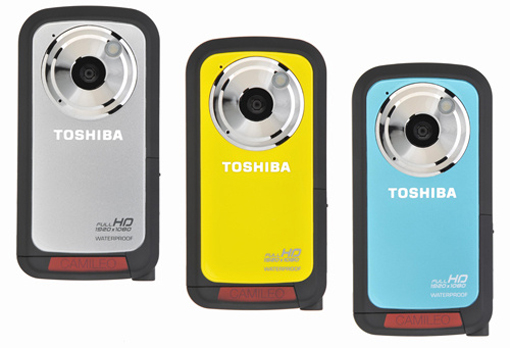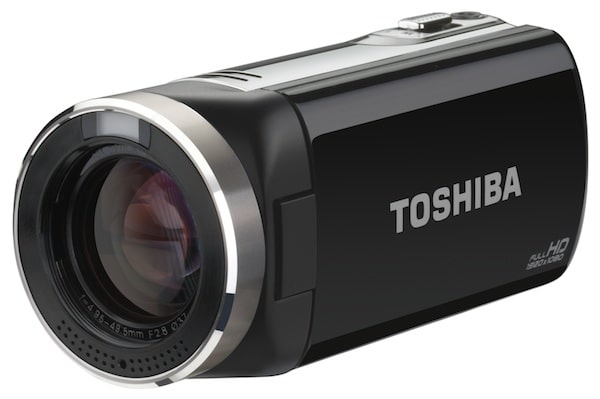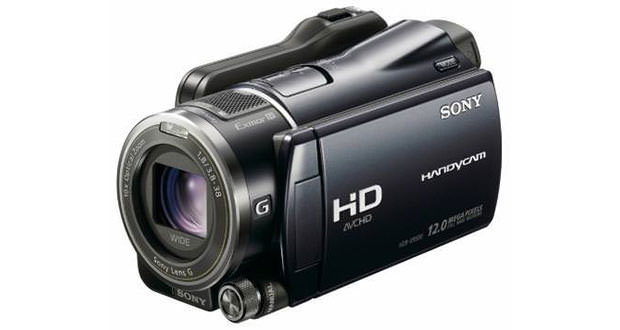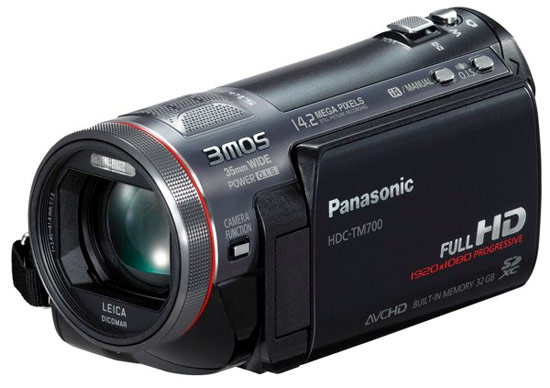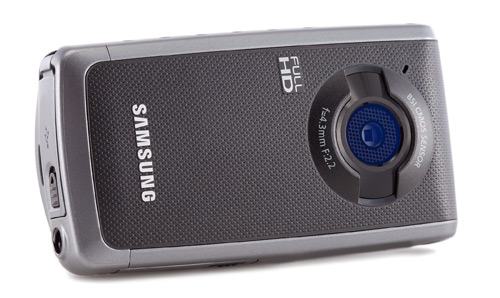Panasonic HDC-SD800K: Review
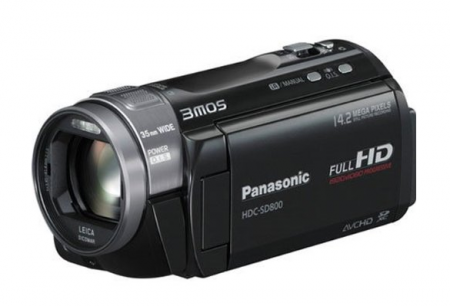
The Panasonic HDC-SD800K is a digital camcorder with 3MOS System Colorfully Renders 2D and 3D images to be able to arrive at a resolution of 7.59 million effective pixels (2.53 megapixels x 3). This sensor, the flagship of the camera, it splits the light into the three primary colors and processes each color independently, to offer images with a color quality, detail and gradation much higher than that of a sensor 1MOS.
The ability to record 1080/50p (Full HD 1,920 x 1,080 progressive recording 50 fps), with a frequency of 28 Megabits per second, conveys about twice the information of a recording interlaced 1080i. Among the other notable features of the camera, we find the optical Image Stabilizer HYBRID OIS new generation, filming in 3D with optional 3D Conversion Lens and iA (Intelligent Auto) with Face Recognition. The camcorder uses as supports recording memories SD, SDHC and SDXC.
Table of Contents
Panasonic HDC-SD800K: Design
The Panasonic HDC-SD800K is a compact camcorder with exceptional performance with the measuring just 63 mm (L) x 66 mm (H) x 133 mm (D) and weighs about 330 grams without battery. On the side to the camera, there is a wide screen LCD 7.6 cm (3 ” ) with a resolution of 230,400 pixels. The camera remains therefore, very compact and extremely pleasant to the touch and the eye.
Panasonic HDC-SD800K: Features and Functionality
The Panasonic HDC-SD800K is one of the cameras for HD 2D and 3D images more compact on the market. Specifications are top notch and find their pride in the advanced 3MOS system that comes to a resolution of 7.59 million effective pixels (2.53 megapixels x 3). This sensor can divide the light into the three primary colors (red, green and blue) and processes each color independently to offer the excellent images with a color quality, detail and gradation clearly superior to that of a sensor 1MOS.
The camera is obviously unable to perform recording at 1080/50p (Full HD, 1,920 x 1,080, 50fps progressive recording) with a frequency of 28 Megabits per second, conveys about twice the information of 1080i recording interpolated. This type of recording minimizes jitter and flickering caused by subject movement providing the possibility of making movies crisp and detailed.
Another strong point and prestige of the camera are the image stabilizer optical / electrical able to correct the blur caused by the movement (vertical and horizontal) of the hand, through a lens in the optical system and a sensor in the electrical system.
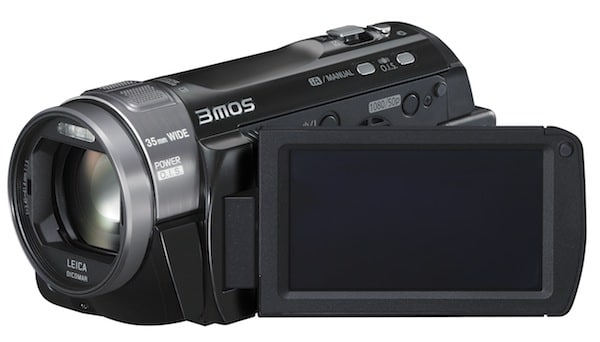
With the electric image, stabilization suppresses image degradation, utilizing an unused area of the sensor when zooming. Thanks to the HYBRID OIS will be possible to capture video images even when you are on the move or zooming in all its power. The camera also lets you shoot video in 3D thanks to the optional 3D Conversion Lens (VW-CLT1) that will deliver 3D images in AVCHD format.
Among the other technical, characteristics are also the iA (Intelligent Auto) which essentially consists of six functions: Face Recognition, HYBRID OIS, AF / AE Tracking, Intelligent Scene Selector, Face Detection and Intelligent Contrast Control. The iA function automatically detects and sets the environmental conditions and activates the ideal settings that will yield the best result.
Conclusion
The Panasonic HDC-SD800K is definitely one of the best Full HD video cameras currently on the market. Excellent opportunity to make filming in 3D with optional lens even if not understood, aspect that has to be reported as a real downside to this camera, in addition to the price that is definitely not for all pockets. Certainly, those who can afford this camera will surely not be disappointed certainly.
Where to Buy Panasonic HDC-SD800K

Design
Quality
Easy of Use
Value of Money
PROS : Advanced 3MOS System, 1080/50p recording, OIS HYBRID OIS, iA Mode, Shooting 3D; Face Recognition.
CONS : Price; Shooting 3D with optional lens.
